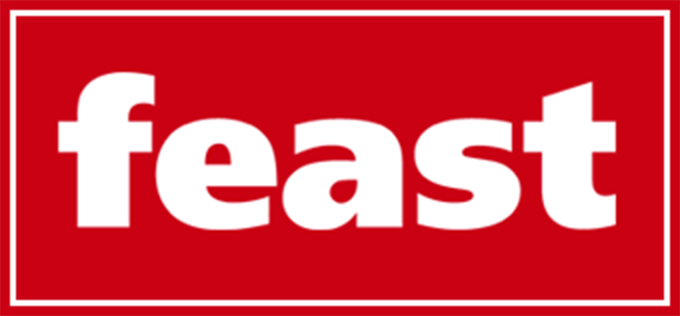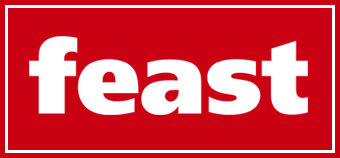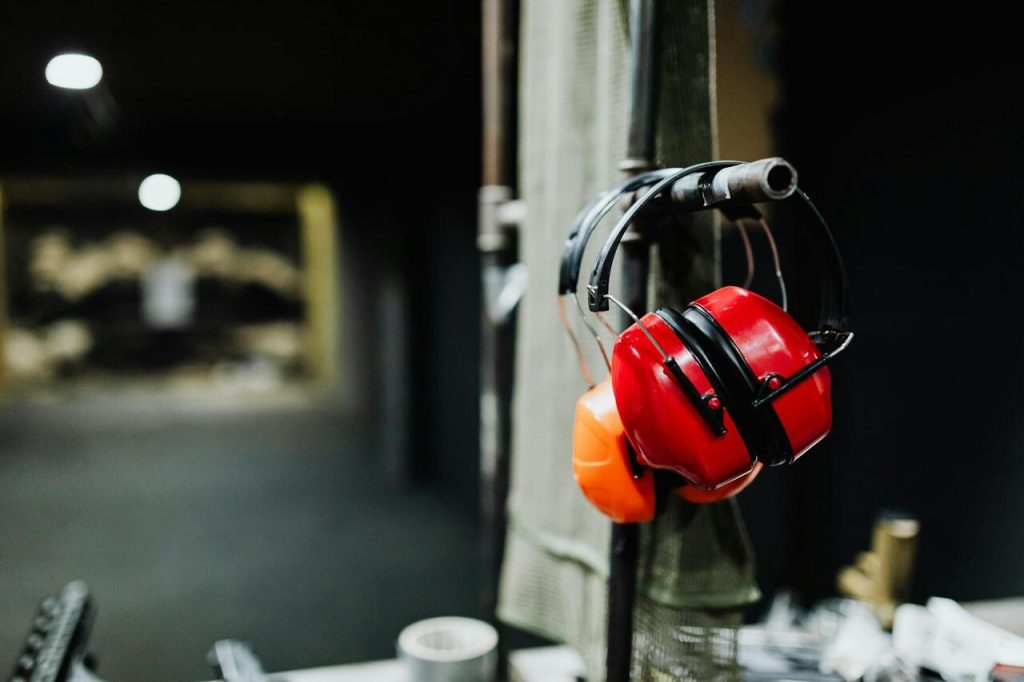There is a benefit to dealing with as few suppliers as possible, which is why many companies try to concentrate all safety equipment supplies to just one provider. There are generally three main considerations: Compliance, cost, and quality assurance. This article serves as a step-by-step approach to choosing the right supplier.
Defining your safety requirements
Before you begin reaching out to any suppliers, an internal assessment is needed to understand the specific hazards that are present in your workplace. A comprehensive risk assessment should do the trick, with each operational area having its own assessment to identify potential dangers. This might be chemical exposure, falling objects, high-decibel noise, and so on.
This assessment helps put together a buy list of the types of personal protective equipment (PPE) that are required. Industrial safety equipment suppliers can specialise, though not always, so it’s important to see if they align with your area of operation.
But, one thing not to neglect is the human factor. Get feedback on current PPE about worker comfort and ergonomics, as these could be areas to upgrade. A checklist may help pass regs, but comfort can boost productivity. Now it’s time to document your needs, including the quantities and delivery frequencies.
Certifications and compliance
Within industrial safety, there is no room for compromise when it comes to quality. You can order tester products to vet them, but it’s even more important to vet a potential supplier’s certifications. Look for suppliers who are clear about documenting their compliance with relevant national and international standards.
Certifications from bodies like the International Organization for Standardization (ISO) are who oversee a supplier’s overall quality management system. Though for specific product categories, verify the compliance to standards like those from the American National Standards Institute (ANSI) in the United States or the European Norm (EN) in Europe.
For instance, a safety helmet should meet ANSI Z89.1 standards, while safety eyewear needs to comply with ANSI Z87.1. These safety gear certification standards are the most direct way to prove rigorous testing.
Unit cost vs total cost of ownership (TCO)
While budget is always a consideration, focusing on the lowest unit cost can be short-sighted and lead to a false economy, costing more in the long run. The correct approach is the Total Cost of Ownership (TCO) safety equipment assessment, which then factors in longevity, maintenance and durability.
So, a cheaper pair of safety glasses might need to be replaced more frequently than a more durable, slightly more expensive option. It not only leads to higher costs for total spend on glasses, but it can also impact productivity when items fail unexpectedly.
For example, options like wiley x prescription safety glasses are often chosen by professionals who want both durability and vision correction, making them a practical long-term investment compared to lower-cost alternatives. By reducing the need for frequent replacements and ensuring consistent protection, they tend to align well with a TCO-focused purchasing strategy.
When comparing suppliers, it’s important to check reviews, testimonials and assess the quality. You can also inquire about their pricing models, whether they offer bulk discounts or tiered pricing. Items with a short lifespan may require more frequent purchasing, so a
pricing model leaning heavily into bulk pricing may not actually work for you, who is placing many smaller orders.
Service, delivery, and support
Just as you expect the product to last a long time, the same goes for the quality of service. Having a good sales team isn’t enough, as you want to ensure they can meet your ongoing and potentially increasing demands, as well as support for items with faults or set-up.
A disruption in the supply of essential safety equipment can halt operations entirely, so capacity and delivery times need to be strong, as well as after-sales support. What is their process for handling returns or warranty claims? A strong supplier will be able to provide detailed inventory reports and forecasts to help you manage your stock levels effectively.
Negotiating a partnership-focused contract
The final stage of workplace safety procurement is all about contract negotiation. This shouldn’t be approached as a one-time transaction but instead, developing a long-term partnership. The supplier benefits from your growth, as it leads to bigger contracts, and you should feel this during communication. The contract should outline all the aspects of the relationship, like pricing, delivery, service level agreements (SLAs), after-sales support, warranties, and so on.
Clauses can be useful to address quality assurance (especially around certifications) and your right to audit their products. Define the terms for returns, but a good contract should protect both parties and have longevity, meaning that ongoing purchases are much easier with minimal friction. An important clause that often goes overlooked it to require the supplier to proactively inform you of any changes in regulations.
Procurement Checklist:
Define Requirements:
- Conduct a risk assessment.
- Identify specific PPE needs.
- Document quantities and delivery frequencies.
Vet Certifications:
- Verify ISO, ANSI, EN, or other relevant certifications.
- Request and review compliance documentation.
Analyze Cost:
- Compare TCO, not just unit cost.
- Assess pricing models and long-term value.
Assess Service:
- Evaluate delivery and logistical capabilities.
- Inquire about training and after-sales support.
Negotiate Contract:
- Clearly define pricing, delivery and SLAs.
- Include clauses on quality assurance and returns.



